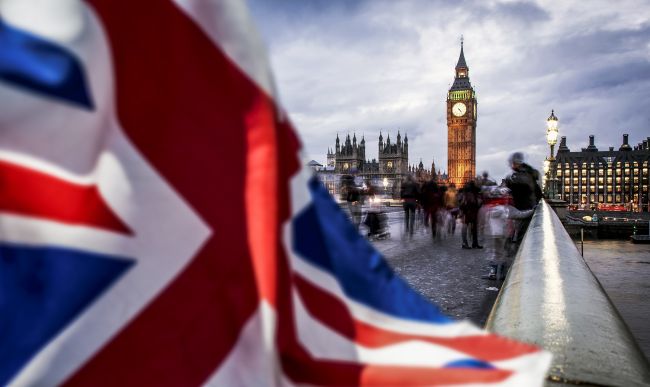Navigation from place to place is a fundamental human activity and an integral part of everyday life. Wayfinding and signing improves a user’s understanding, enjoyment, experience and reduces feelings of anxiety, which may be caused by confusion or uncertainty in a new environment. An effective wayfinding system encourages exploration, promotes active transportation and stimulates economic growth.
Wayfinding can be defined as all the ways in which people interpret their surroundings to orient and navigate a physical space. Elements that influence wayfinding include physical signs, digital information, maps, landmarks or the physical design of the place itself.
Our approach to wayfinding is underpinned by our understanding of people’s behavioral and movement needs. We observe people and the environment, and use tools such as dynamic data capture, on-site observation, connectivity and GIS analysis to build a deep understanding of current conditions and identify opportunities for change.
Our work ranges from high-level strategy to detailed design of physical and virtual wayfinding systems at varying scales for pedestrian, transit and cycle networks, parks and natural environments, campuses, sports parks, retail centers, airports and transit stations. We engage actively passionately with stakeholders and the public to shape solutions that are relevant to the place and draw upon international best practices.
How we can help you
We support our clients through all stages, from strategy development to implementation, and every step in between. Our core offer includes:
- Wayfinding strategy, planning and design
- Placemaking
- Urban and landscape design
- Signage and product design
- Cartography
- Business case





